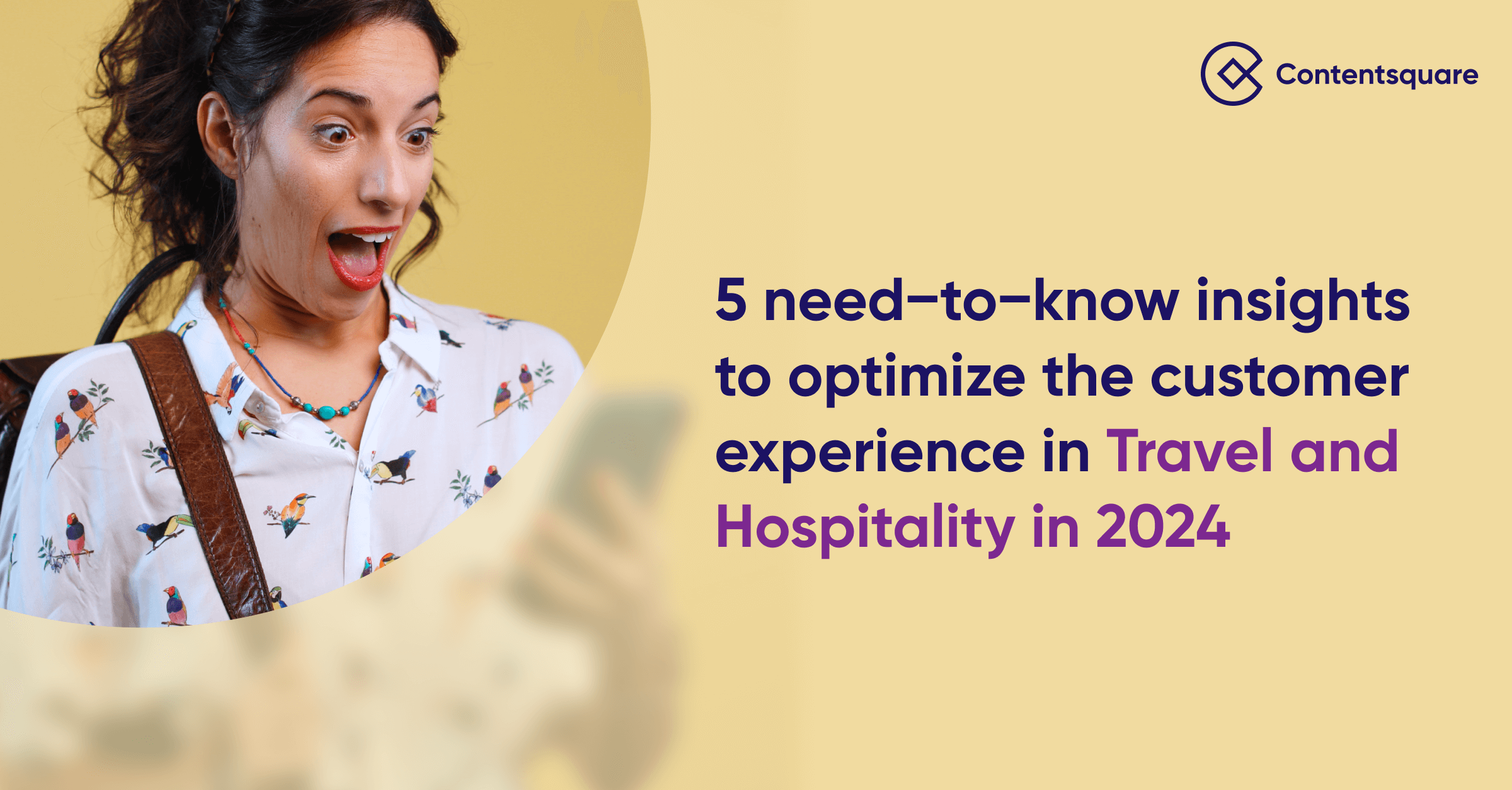Social Platforms, a New Lease on Life for Luxury Brands

- What major new trends have you spotted in the online luxury market?
- Can you see any obstacles to this digital development?
- Have luxury brands changed the way they use platforms like Instagram and Facebook?
- Doesn't this completely disrupt the traditional ecosystem?
- What will be the next challenges for luxury brands?
- What are the benefits of platforms such as Facebook or Instagram for luxury brands?
- Are social networks becoming a personalization tool for brands?
- Where do you stand when it comes to marketplaces?
- How will your platforms continue to evolve to support brands?
- What should luxury brands pay attention to in the future?
 Violaine began her career in marketing at Club Méditerranée, the high-end holiday resort. In 2004, she joined director Luc Besson’s film production company EuropaCorp, where she developed its digital activities and strategic partnerships. She then went her own way as an entrepreneur, first joining digital concierge service John Paul, acquired by AccorHotels in 2016, followed by Etoile Rouge, a creative agency specializing in luxury, fashion, and beauty, since acquired by agency BETC Luxe. In 2016, she joined Facebook to develop the Luxury Hub, managing luxury companies worldwide from her Paris office. Violaine lives in Paris and has an MBA from the city’s ESSEC Business School.
Violaine began her career in marketing at Club Méditerranée, the high-end holiday resort. In 2004, she joined director Luc Besson’s film production company EuropaCorp, where she developed its digital activities and strategic partnerships. She then went her own way as an entrepreneur, first joining digital concierge service John Paul, acquired by AccorHotels in 2016, followed by Etoile Rouge, a creative agency specializing in luxury, fashion, and beauty, since acquired by agency BETC Luxe. In 2016, she joined Facebook to develop the Luxury Hub, managing luxury companies worldwide from her Paris office. Violaine lives in Paris and has an MBA from the city’s ESSEC Business School.
What major new trends have you spotted in the online luxury market?
As in many other sectors, the lockdown at the beginning of 2020 saw online sales jump, simply because you couldn’t buy offline as stores were closed. What is interesting is that this phenomenon has continued despite stores reopening. We see a 16% increase in eCommerce sales for businesses in the luxury sector, so it’s a trend that is ongoing.
This sudden online shift has forced brands to develop their IT and digital infrastructure much more quickly and think about taking an omnichannel approach overall, rather than just focusing on eCommerce. That is undoubtedly the major challenge for luxury brands: having a real understanding of who their customers are and empowering them to buy where they want and when they want.
Can you see any obstacles to this digital development?
Yes, of course. Many luxury brands don’t have their own websites, or at least not in every country yet; this is particularly true for beauty companies. These brands rely heavily on retailers. However, the rise of eCommerce has certainly got these brands thinking. They’re all stepping up their strategy now!
Have luxury brands changed the way they use platforms like Instagram and Facebook?
Yes, for sure! Until recently, luxury brands used Facebook and Instagram mainly for branding purposes, performance being much less of a priority, unlike other industries such as retail or mass distribution. Even though using proper Instagram hashtags and targeting the right audience can be helpful, trends keep changing. But this has changed recently. Brands now understand the opportunity that our platforms offer for driving traffic to their websites. Ted Baker managed to increase its conversion among 18 to 24-year-olds by 22%, with a well-orchestrated campaign on Instagram. That goes beyond mere branding.
As well as traffic, luxury brands also see the business potential our platforms can offer.
Facebook Inc. has recently introduced some new products, including the highly anticipated Instagram Checkout, launched in March 2019 and currently only available in the United States. Checkout makes it possible to purchase a branded product directly from Instagram, in just a few clicks, without leaving the app. It was an overnight success! Many brands are now using Checkout in the United States, and there is huge anticipation in Europe. Clearly, people are already talking about the potential of eCommerce on Facebook and Instagram.
Another new feature available in France is Facebook Shops, a digital showcase for brands rolled out in May 2020 to compensate for store closures and for some brands’ lack of visibility. Each brand is able to display its own catalog and manage its own merchandising. The feature is being used more and more by luxury businesses.
Doesn’t this completely disrupt the traditional ecosystem?
I wouldn’t say it disrupts the ecosystem, but rather that these developments are in line with changing consumer behavior. Mobile shopping is now becoming easier and easier; consumers want to make purchases simply and smoothly. Offering the option of buying without leaving the platform, as is the case with Instagram Checkout, responds to this need. And as our users want this to go even further, it’s only natural that brands ask us for it too.
So, it’s actually a logical response to our platforms and mobile shopping becoming widely accepted. What we do is a natural progression: we follow trends and move with them.
What will be the next challenges for luxury brands?
The main challenge, for now, is being able to provide an enriched experience through an omnichannel approach. A brand must be able to offer its products at different points of sale and through different channels.
We should no longer be categorizing consumers as online or offline buyers; their experience should be consistent, no matter which channels they use, especially for luxury brands that by definition are based on unique, extraordinary experiences!
What are the benefits of platforms such as Facebook or Instagram for luxury brands?
The fact that consumers can discover new products and our potential to create streamlined experiences, there’s no doubt about it! By giving users the option of purchasing directly on Instagram or viewing a product catalog on Shops, companies have bypassed frustration points such as loading times being too long on their brand’s website.
By using our platforms, brands are also helping Discovery Commerce to grow, which is the closest thing we can get to a physical shopping experience. When you’re navigating Instagram, you don’t know exactly where you’re going. It’s precisely the same when you’re walking down the street and browsing all the boutiques! Users can wander around and end up with a product without having to leave the platform as they explore.
This can also build customer-brand proximity, through messaging – creating a direct, personal connection. When we developed Shops, we thought it would be a good idea to link up with WhatsApp and Messenger, so users could ask questions about the product directly and enjoy personalized support.
Are social networks becoming a personalization tool for brands?
Yes, exactly! During the pandemic, messaging platforms skyrocketed, with voice messages up by 50%; imagine the potential! Especially for the luxury sector, it’s enormous. I am a great believer in messaging, particularly in creating restricted or private groups to communicate. In fact, that’s already started; the Victoria Beckham brand has been using Messenger to interact with fashionistas. By setting up a bot on Messenger, the brand communicated individually and simultaneously with thousands of fans. This campaign was a huge success; we saw an average read rate of 86% with push messages, four times more than emails achieve!
Where do you stand when it comes to marketplaces?
We can offer our customers a massive amount of clout through our community, with over three billion people connecting to our platforms every month. This community provides a huge amount of traffic for brands. This is clearly where our difference and advantage lies.
I would also like to add that we are a great source of data-based customer knowledge! Data that is continuously being enriched, which means we can target the right people to build very precise customer journeys.
How will your platforms continue to evolve to support brands?
We are continually suggesting changes based on the uses we are seeing. The idea is that we support brands so they can evolve and meet user expectations. That’s our ultimate aim. Checkout, for example, is a very attractive way of promoting limited editions (drops) on Instagram by placing a countdown, and it’s working well! Another feature now available is that an influencer can sell that brand’s product directly on Instagram. So, we are developing a lot of new formats, and we’ll carry on with this, always bearing in mind the user’s point of view.
What should luxury brands pay attention to in the future?
Technological advances, including AI, are certainly something they need to keep their eye on. Brands will be able to create immersive experiences. Combining human and artificial intelligence will make wonderful things! I’m convinced that the success of a great experience lies in balancing the human touch with an optimized experience through technology.
We also need to watch out for Gen Z. This generation represents a vast consumer cluster: 45% of luxury goods buyers in 2025! Understanding their behavior is crucial: they were born with a smartphone in their hands, and brands must make sure they include them in their approaches.



